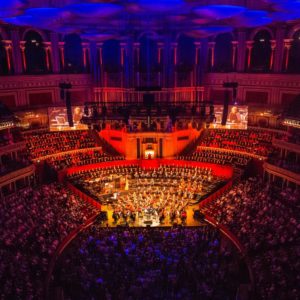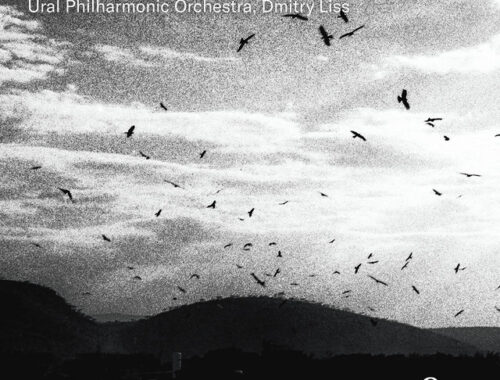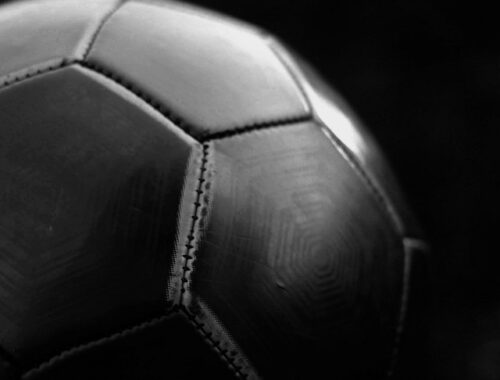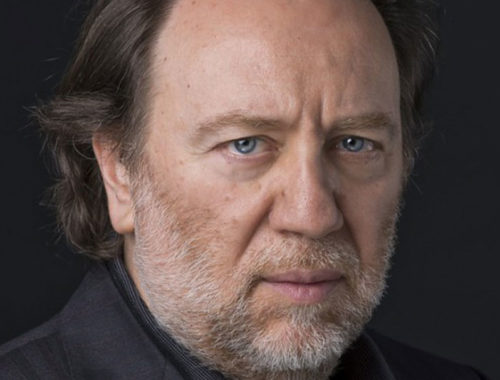GRAMOPHONE: From Where I Sit – Awards Issue 2019
 Reflecting once again on yet another season of Henry Wood Promenade Concerts my thoughts turn to the venue itself – the Royal Albert Hall – loved and loathed in equal measure, the grandest of grand edifices, a richly atmospheric special-occasion-of-a-hall demanding astonishment and awe before a single note has been sounded. Its capricious acoustic famously plays tricks with sound wherever you may sit, ricochets and reflections radically shifting the perspective of the music. But these are not called Promenade Concerts for nothing and standing at the front of the arena is still the best, the only, place to be for balance and impact. For many years I occupied this prime position so I can attest to that.
Reflecting once again on yet another season of Henry Wood Promenade Concerts my thoughts turn to the venue itself – the Royal Albert Hall – loved and loathed in equal measure, the grandest of grand edifices, a richly atmospheric special-occasion-of-a-hall demanding astonishment and awe before a single note has been sounded. Its capricious acoustic famously plays tricks with sound wherever you may sit, ricochets and reflections radically shifting the perspective of the music. But these are not called Promenade Concerts for nothing and standing at the front of the arena is still the best, the only, place to be for balance and impact. For many years I occupied this prime position so I can attest to that.
And yet, and yet… there are some pieces – music’s most extravagant flights of fancy – that only fulfil their full visionary potential in this space. The four brass bands and 16 timpani of Berlioz’ Requiem were imagined for far-flung open spaces like this. To hear them call us to judgement from the four corners of the gallery is an effect never to be replicated in more modest venues. Equally the three planes of sound Britten imagined for his War Requiem, boys voices and chamber organ pulling us heavenward. And can there ever be a space more accommodating of Mahler’s so-called ‘Symphony of a Thousand’ than the RAH? I can still see Leonard Bernstein in the momentous Chorus Mysticus of the close, effectively sideways on to his audience, spurring on his massed choirs whilst summoning extra brass from the furthermost point at the rear of the gallery, his arms flung wide like the proverbial angel of music.
There have been a fair few ‘special effects’ this season, kicking off with the pagan voices (Christian for about a week) and rampaging organ of Janacek’s Glagolitic Mass, Alpine hunting horns courtesy of Strauss, the celestial ladies evaporating into eternity at the close of Neptune in Holst’s The Planets, and best of all (a first for me) the clamour of bells tolling their alarum from the gallery at the close of Shostakovich’s thrilling Eleventh Symphony ‘The Year 1905’.
Of course, the execution of such special effects is fraught with occupational hazards. We’ve all heard the aforementioned ladies chorus, the mystical sirens of Holst’s ‘Neptune’, abruptly terminated by someone closing a door too quickly in the uppermost reaches of the hall. And something like that clearly went catastrophically awry when the great Claudio Abbado conducted Mahler’s Second Symphony ‘Resurrection’ in the 1985 season. Apparently Abbado had taken great pains to get the appropriate ‘distancing’ for the spooky offstage band in the finale – but come the moment, silence. Not a squeak. It has been known in this piece for closed doors to be suddenly opened to achieve the ‘getting closer’ effect that Mahler had specified. Perhaps a well-meaning member of staff had closed rather than opened said door? Or perhaps the closed-circuit TV had simply packed up.
At another jinxed Prom performance under Seiji Ozawa the Boston Symphony Orchestra had clearly toured with the bare minimum of percussion players requiring them to perform off and onstage duties. Cue the triangle player (who’d plainly taken a wrong turn) running through the orchestra mit triangle to get to the tam-tam in time for the big orchestral climax. Shock and awe duly undermined.
You May Also Like

GRAMOPHONE Review: Shostakovich Symphony No. 10 – Ural Philharmonic Orchestra/Liss & New Philharmonia Orchestra/Sanderling
24/03/2023
GRAMOPHONE: From Where I Sit – May 2021
19/05/2021

